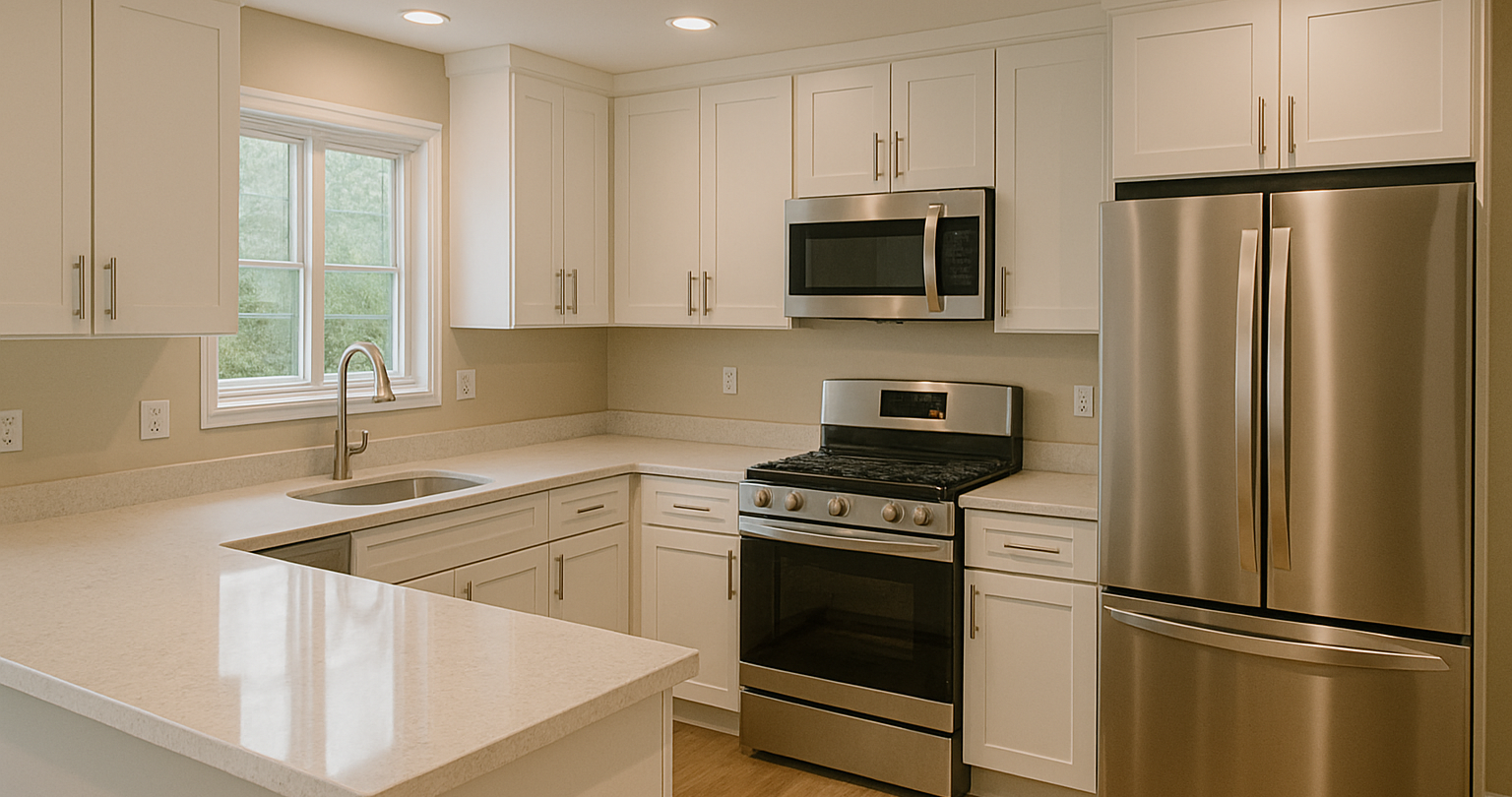Kitchen Design Trends: What to Watch
This year is set to bring some exciting trends in kitchen design, focusing on sustainability, technology integration, and innovative aesthetics. Minimalism continues to gain traction, with designs showcasing sleek lines, uncluttered spaces, and multipurpose features that enhance functionality. Natural materials like wood and stone are paired with eco-friendly finishes to create a warm and earthy atmosphere, acknowledging the growing demand for sustainability in home design.

Smart kitchens are also on the rise, with appliances connected to the Internet of Things (IoT), enabling seamless control and efficiency. From voice-activated faucets to ovens programmed through smartphones, technology is redefining how we interact with our kitchen space. The color palette for this year leans towards earthy tones and soft pastels, creating a calming and inviting environment.
Budget-Friendly Upgrades for Every Kitchen
Revamping your kitchen doesn't have to drain your bank account. A few smart updates can give your space a fresh look without breaking the bank. Painting your cabinets is one of the most cost-effective ways to transform your kitchen. Choose a contemporary color like navy blue or sage green to bring life back into your space.
Change up your hardware with modern handles and knobs to provide an instant facelift. Replacing old lighting fixtures with energy-efficient LED lights can brighten up the room and reduce energy costs. Consider adding or updating your backsplash with affordable peel-and-stick tiles that mimic the look of more expensive materials.
For those willing to invest a bit more, updating appliances with energy-efficient models can save money in the long run, with rebates often available for eco-friendly options. Adding open shelving is another frugal choice that adds both storage and style, allowing you to showcase your favorite dishes or décor.
Finding Local Contractors: A Step-by-Step Guide
Partnering with a reliable local contractor can make all the difference in your kitchen remodeling project. Start by seeking recommendations from friends or family who have recently undergone renovations. Online platforms such as houzz.com can also provide vetted contractors in your area.
Once you've compiled a list, conduct thorough interviews to gauge their experience and ensure they specialize in kitchen remodels. Request references and take the time to check them thoroughly. Make sure to obtain quotes from multiple contractors to compare pricing and services, ensuring that you receive the best value for your investment.
Review the contracts carefully before signing, paying attention to details about timelines, materials, and payment schedules. Establishing clear communication from the start can help prevent misunderstandings and keep your project on track.
Financing Options: Making Your Remodel Affordable
Financing your kitchen remodel requires careful planning to balance aspirations with budget constraints. Start by setting a realistic budget and exploring the available financing options. Many homeowners choose a home equity loan or line of credit to leverage the existing value of their home.
Personal loans may also be a viable alternative, often offering lower interest rates than credit cards. Explore specialized renovation loans through banks or credit unions, as these can sometimes offer lower rates and more flexible terms than personal loans.
If you're able, consider paying some part of the remodel with savings to reduce interest expenses. Additionally, look for government rebates or tax credits available for energy-efficient upgrades, which can help offset costs.
Makeover Tips: Planning Your Remodel Smartly
A successful kitchen remodel begins with effective planning. The first step is to establish the goals for your new kitchen. Consider the needs of your household, whether it's additional storage, more workspaces, or modern appliances.
Work with your contractor to draft a detailed design and layout plan, selecting materials and finishes that align with your budget and style preferences. Keep functionality at the forefront, ensuring that the kitchen workflow supports your cooking habits and lifestyle.
Remember to plan for contingencies, setting aside approximately 10-15% of your budget for unexpected expenses. Stay flexible and open to adjustments as your project evolves, and maintain close communication with your contractor to ensure all timelines and expectations are met.
By combining creativity with strategic planning, your kitchen renovation can be an exciting journey towards creating a beautiful and functional space that fits your lifestyle.

